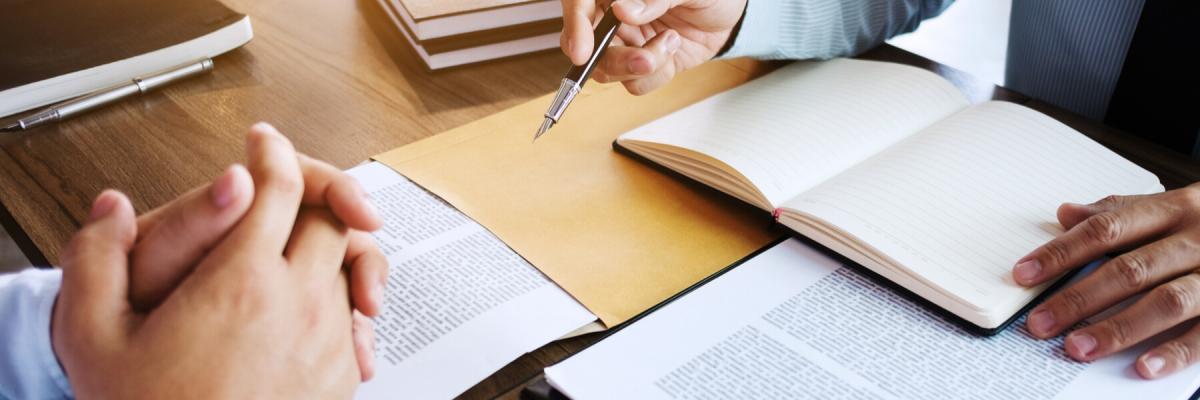Involuntary Bankruptcy Proceedings
When a creditor has made several attempts to collect a debt, but there has been no response from the debtor, they may have no choice but to sue them into bankruptcy. However, under the Bankruptcy Code, a creditor(s) can pursue an involuntary bankruptcy proceeding, where the trustee can collect, seize and liquidate the assets, and distribute them back to the creditors more quickly than in a typical litigation case.
While you will want to consult with a bankruptcy lawyer to understand the process better, here is how an involuntary bankruptcy works and how it affects the creditor and the debtor.
How to File for Involuntary Bankruptcy
The creditor must first file a petition with the bankruptcy court, and the petition should be filed under Chapter 7 or Chapter 11 of the Bankruptcy Code. Normally, the debtor is defunct or non-cooperative by this point so there usually isn’t a chance for reorganization under Chapter 11. Therefore, the creditor usually proceeds with Chapter 7 for liquidation.
The creditor can file against a business entity, partnership, or individual, except “a farmer, family farmer, or a corporation that is not a moneyed, business, or commercial corporation.” Therefore, the creditor can not file against a religious institution, a non-profit, or a charitable organization.
The creditor should investigate everything about the debtor and their business, including their operations, previous transactions, or if they are doing asset-depleting activities that could hinder your bankruptcy case.
The involuntary bankruptcy petition will contain requirements that the creditor must satisfy in order to follow through with the proceeding. These include:
- The debtor is (a) “not contingent as to liability or the subject of a bona fide dispute as to liability or amount” and (b) the claim equals at least $15,325.
- The debtor is “generally not paying such debtor’s debts as such debts become due” (unless such debts are the subject of a bona fide dispute as to liability or amount).
- The petition may be filed by a single qualifying creditor (if the debtor has less than 12 qualifying creditors) and three or more qualifying creditors (if a debtor has 12 or more creditors).
- The three qualifying creditors must hold undisputed, non-contingent, and unsecured debts totaling at least $16,750.
- The minimum amount is measured in aggregate, meaning that two of the creditors can have two fully secured claims, but the third creditor should have an unsecured claim of at least $16,750.
Suppose the debtor does not respond or seek dismissal of the petition within 21 days after service of the petition and the summons. In that case, the Bankruptcy Court will order relief under the bankruptcy chapter that it was filed.
The Debtor’s Defense
After the petition is filed, the debtor will be summoned to appear and answer the petition. All collection activity will be on hold during this time while the bankruptcy case is pending. The debtor has the option to contest the petition, which means the bankruptcy court will have to hold an expedited trial to determine whether they can do an order for relief.
The debtor usually has two defenses to use:
- The claim is subject to a bona fide dispute.
- The creditor has to prove that the debtor is not paying debts as they become due.
A bona fide dispute refers to a factual or legal dispute in regards to the validity of the debt. The court will determine whether that dispute exists, and the debtor will provide evidence to make that determination. Suppose the creditor must prove that the debtor is generally not making payments. In that case, the court will look at the number of debts, the debtor’s conduct, the materiality of nonpayment, and whether other lawsuits have been filed against the debtor.
The court can dismiss the case if they find that the creditor filed in bad faith, and the court can award punitive damages to the debtor if they have evidence of the creditor behaving recklessly toward the debtor. A dismissal will require the debtor to pay for other damages as well, such as lost profits, harm to reputation, and the interest on funds that were secured to maintain business operations.
A Bankruptcy Lawyer Can Help
Whether you are a creditor or debtor, a bankruptcy lawyer can help you navigate through an involuntary bankruptcy proceeding. This type of bankruptcy can be a helpful tool for the creditor(s) needing to settle the debt. For the insolvent debtor, an involuntary bankruptcy case might even be helpful to preserve their assets and recover fraudulent transfers.
At Johnson May Law, we are here to help. Contact our bankruptcy attorneys today.
